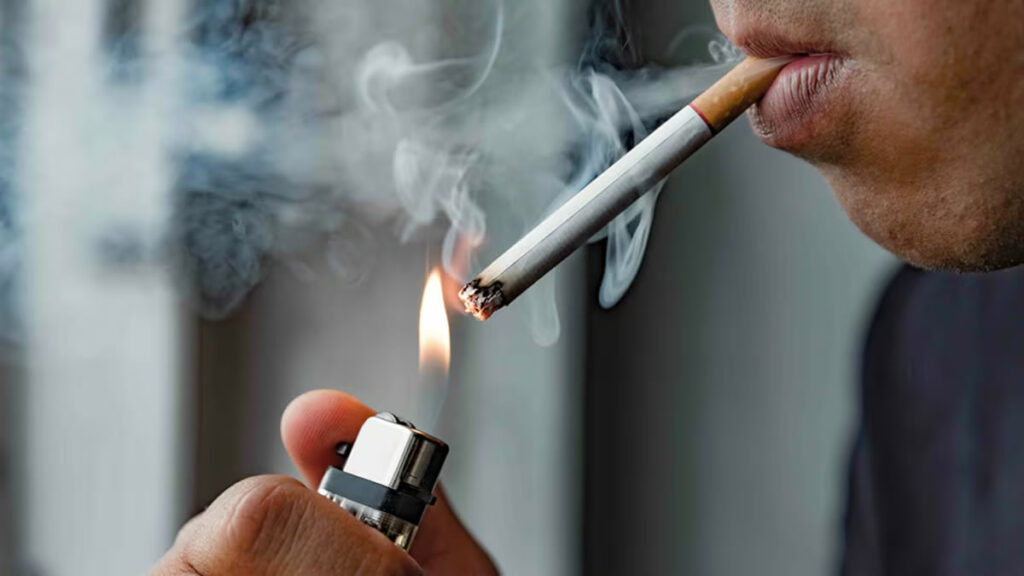A new study comparing smoking and vaping trends in Australia and New Zealand between 2016 and 2023 suggests that New Zealand’s more liberal and regulated approach to vaping has led to a significantly faster reduction in daily smoking rates compared to Australia’s more restrictive model. The research highlights how different regulatory frameworks can directly influence public health outcomes, offering valuable lessons for countries seeking to balance tobacco control with harm reduction strategies.
During the study period, Australia maintained a highly restrictive approach, where nicotine vaping products (NVPs) have required a doctor’s prescription since 2011. In contrast, New Zealand shifted its policy, allowing the legal sale of NVPs in authorized retail stores since 2021.
The data reveals a stark difference in outcomes. New Zealand achieved a remarkable **53% reduction in daily smoking**, with rates falling from 14.5% to 6.8%. During the same period, Australia recorded a more modest **32% drop**, from 12.2% to 8.3%. This disparity is attributed, in part, to the greater accessibility of vaping as a smoking deterrent in New Zealand. Daily NVP use among adults in New Zealand surged from 0.9% to 9.7%, while Australia saw a more moderate increase from 0.5% to 3.5%.
The reduction in smoking was particularly significant among vulnerable populations in New Zealand, including young adults (18-34 years), lower socioeconomic groups, and indigenous populations like the Māori. These results reinforce the hypothesis that a risk-proportionate regulatory model, where less harmful alternatives are more accessible than combustible cigarettes, can be highly effective.
A key concern with liberalizing vape access is the potential for increased youth uptake. The study acknowledges that youth vaping did increase in New Zealand, reaching 10% in 2023. However, these figures reportedly began to decline after specific youth-focused regulations were implemented. Crucially, the increase in youth vaping did not translate into a surge in youth smoking, which undermines the “gateway effect” theory in this context. In Australia, youth vaping is estimated to be around 3%, though available data is more limited.
The study suggests that Australia could accelerate its smoking reduction efforts and more effectively combat its rampant black market (which currently dominates over 90% of NVP sales) by adopting a more open and regulated model similar to New Zealand’s. At the same time, it recommends that New Zealand should focus on strengthening restrictions to curb youth vaping without losing the significant progress made in reducing smoking and its associated social inequalities.
While the authors note the study is observational and cannot establish direct causality, they identify three lines of evidence suggesting a causal relationship: clinical trials demonstrating vaping’s effectiveness for smoking cessation, a dose-response correlation between vaping uptake and smoking reduction, and international comparisons reinforcing this trend. The New Zealand case offers a compelling example for countries navigating the complex challenge of effective vaping regulation.
- London Borough Seizes Over £100,000 in Illegal Vapes Amid National Crackdown - November 15, 2025
- Spain to Ban Smoking & Vaping on Terraces, Parks - September 10, 2025
- Australia vs. New Zealand: Study Compares Vaping Policies and Smoking Rates - August 21, 2025


